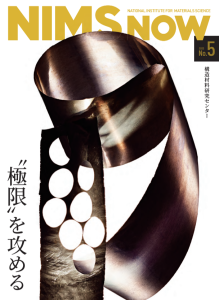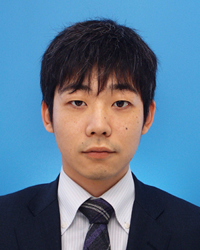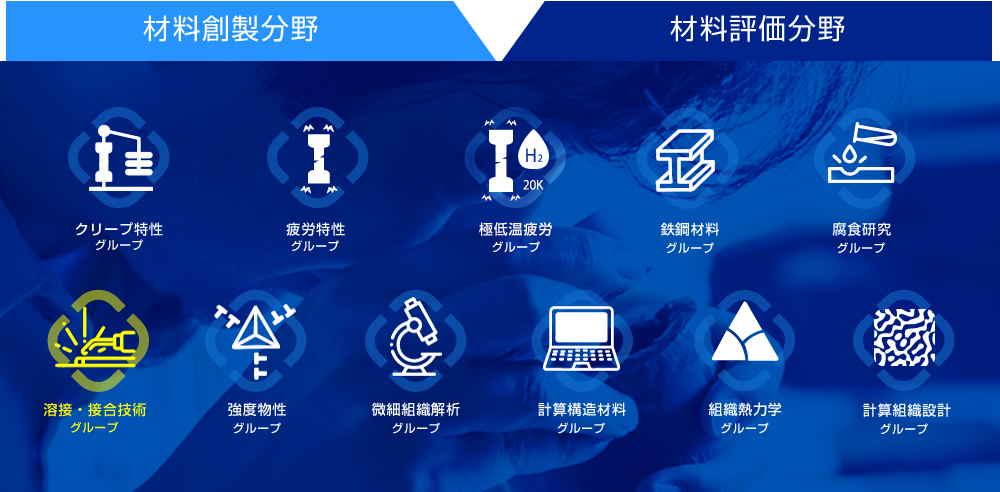 ↑他グループへはアイコンをクリック
↑他グループへはアイコンをクリック
溶接・接合技術グループ
Welding and Joining Technology Group
研究概要
溶接・接合技術は、構造体化を実現し、我々の社会インフラを根底から支える基盤技術であり、レジリエントな社会を構築するために不可欠な技術である。しかしながら、様々な溶接方法に対して多くの施工条件があり、得られる溶接継手の特性は多岐にわたっている。さらに継手特性と溶接方法、施工条件との関係は極めて複雑であるため、接合部の特性変化を高精度に評価・予測する技術やデータが不足しているのが現状である。そこで、本グループの特色である(1)その場観察、(2)特性評価、(3)データ科学の有機的な連携により、接合部の劣化に繋がる凝固現象と溶接部の欠陥形成挙動の解明および特性データベースの構築を通じて、高精度特性予測技術構築に関する基盤研究を実施する。本研究の推進により、社会的ニーズである安心・安全で長寿命な構造体を作製するための溶接・接合技術の開発を目指す。
2025年 7月 公募情報
溶接・接合分野では定年制職員の募集をしております。ご興味のある方は、下記問い合わせ先までお願い致します。
【お問い合わせ先】
柳樂 知也(なぎらともや)
NAGIRA.Tomoya=nims.go.jp([ = ] を [ @ ] にしてください)
メンバー
柳樂 知也 NAGIRA Tomoya
構造材料研究センター 材料評価分野
溶接・接合技術グループ グループリーダー
北野 萌一 KITANO Houichi
構造材料研究センター 材料評価分野
溶接・接合技術グループ 主幹研究員
溶接,鉄鋼材料,機械学習,溶接Digital Transformation
専門分野・研究対象
1. 放射光X線を利用したアーク溶接過程のその場観察
大型放射光施設SPring-8で得られるX線は、高輝度、高平行度のため、高い時間分解能と空間分解能で凝固現象の観察が可能となり世界的に注目されています。放射光X線イメージングやX線回折を利用して、Al合金、ステンレス鋼、高Mn鋼などを対象にアーク溶接過程の凝固現象のその場観察を行っています。結晶の成長過程、凝固割れの発生・伝播過程、相変態、液相の濃度分布や固相率の変化、ひずみやひずみ速度分布の変化、凝固脆性温度範囲の直接測定など、その場観察でしか得られない様々な知見を基に凝固組織形成機構および凝固割れの形成機構の解明に取り組んでいます。
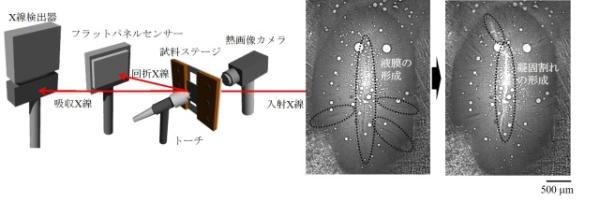
放射光X線を利用したアーク溶接中のその場観察装置と凝固割れ形成のX線透過像
2. 非溶融接合技術(摩擦攪拌接合)の開発
固相接合技術の一つとして摩擦攪拌接合(FSW : Friction Stir Welding)が注目されています。FSWは高温での強加工プロセスのため、動的回復、動的再結晶、粗大化などの複雑な組織変化を経て接合部の組織が形成されます。摩擦攪拌中の材料流動を正確に特定する新規手法により、積層欠陥エネルギーや再結晶温度の異なる金属材料 (Al、Cu、黄銅、Agなど) について微細組織や集合組織の発達過程を統一的に理解することで接合機構や微細組織形成機構の解明を行っています。
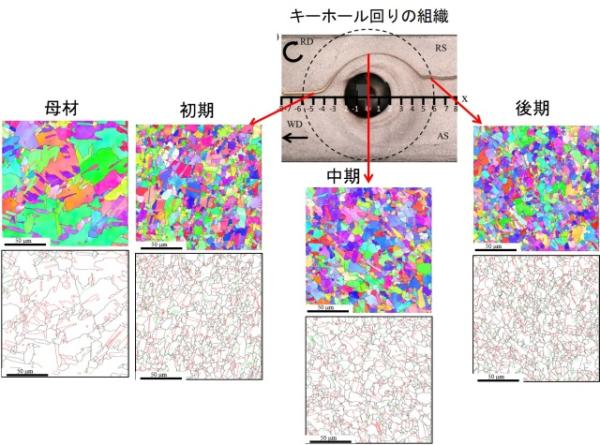
摩擦攪拌接合中の微細組織の発達過程
3. 溶接材料開発
NIMSで開発される新しい材料に対して、溶接プロセス開発や溶接材料開発を行っています。近年では、制振ダンパーで使用される高Mn鋼用の溶接材料を開発し、実構造物に使用されました。
4. 機械学習を活用した溶接現象の理解と解析
アーク溶接現象は固相-液相-気相-プラズマの4つの状態がマルチスケールで影響する複雑な現象です。このため、アーク溶接条件とアーク溶接部の特性(溶融状態、継手強度、疲労特性等)の関係も複雑で解析が困難です。アーク溶接条件-溶接部特性関係を実験式のように理解しやすい形でモデル化する独自の機械学習技術の開発も含めて、アーク溶接条件-溶接部特性の関係の定量的かつ体系的な理解を目指した検討を行っています。
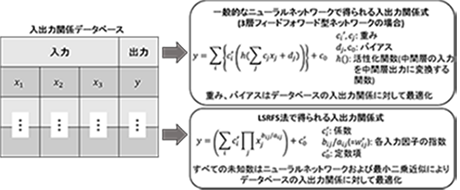 一般的なニューラルネットワークとLSRF5法(開発手法)で得られる入出力関係式の比較
一般的なニューラルネットワークとLSRF5法(開発手法)で得られる入出力関係式の比較
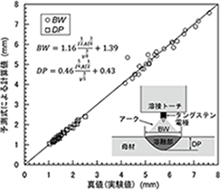 LSRF5法で得られたTIGアーク溶接部の溶融形状予測結果
LSRF5法で得られたTIGアーク溶接部の溶融形状予測結果
5. 溶接技術を応用した金属3D造形技術の高度化
アーク溶接技術は金属溶融・凝固技術であり、自由な三次元構造を製作する金属3D造形技術(Wire and Arc Additive Manufacturing: WAAM)へ応用されています。アーク溶接技術に関する従来知見を活用して、WAAM技術の高度化を目指しています。これまでにアーク溶接部の変形低減のために開発された組成制御鉄鋼材料をWAAM素材として用いることで、造形部の変形量を低減できることを実証しました。さらに、WAAM技術を用いて高強度鉄鋼材料と高延性鉄鋼材料をミリスケールで複合化することで、高強度と高延性を兼備する複合鉄鋼材料の創製に関する研究を進めています。
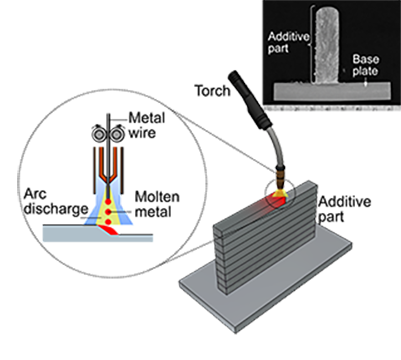
WAAM技術の概要
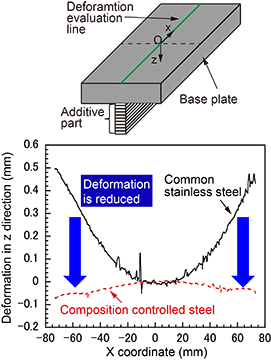
組成制御鉄鋼材料の利用による造形部材の変形低減効果
Specialized Research Field
1. In situ observation of solidification behaviors during arc welding using synchrotron X-ray
Synchrotron X-ray at SPring-8 makes it possible to directly observe the solidification behaviors of metallic alloys at a microstructural scale due to monochromatic light, high coherency and high brightness. This project focuses on the development of the technique for directly observing welding behaviors using synchrotron X-ray imaging and diffraction for various metallic alloys such as Al alloy, carbon steel and stainless steel. We also aim to elucidate the formation mechanism of solidification cracking in terms of microstructural evolution, strain/strain rate and brittle temperature range (BTR).
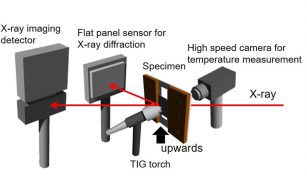
Schematic of experimental set-up for in situ observation during arc welding
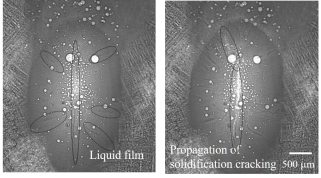
X-ray radiographs of solidification cracking at weld crater
2. Development of solid-state joining (Friction stir welding) technique
Friction stir welding (FSW) is a promising joining technique due to the potential benefits such as avoidance of crack formation and high distortion. The microstructure is generally evolved through complex processes including plastic deformation, dynamic recrystallization and grain growth because of mechanical and thermal effects. In this project, we aim to elucidate the microstructural evolution mechanism during FSW for various metals with different stacking fault energies (SFE) such as Al, Cu, brass and Ag by examining the effects of SFE, recrystallization temperature and welding conditions on the microstructure.
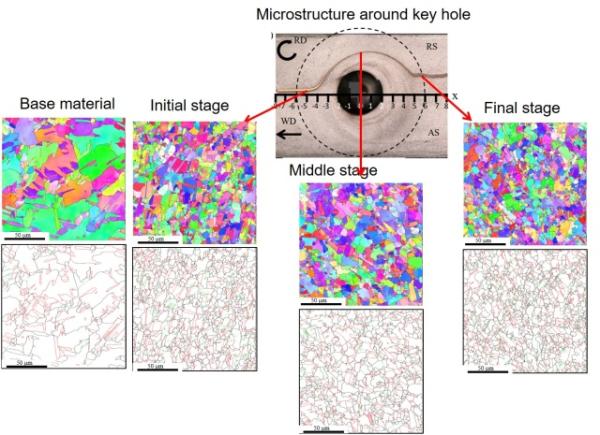
Grain structure development during friction stir welding
3. Development of welding process and welding materials
We develop the welding process and welding materials. In recent years, Mn steel with enhanced low-cycle fatigue resistance has been developed at NIMS. In order to weld Mn steel, new welding materials and the welding process were developed. These welding materials and welding process allowed the production of the seismic damper of the welding structure. New welding process and welding consumable were applied to various buildings.
4. Application of Machine Learning for Understanding and Analysis of Welding Phenomena
Arc welding is a complex phenomenon in which four states (solid-liquid-gas-plasma) affect each other at multi-scales. Therefore, the relationship between the arc welding conditions and the characteristics of the arc weld (melting condition, joint strength, fatigue characteristics, etc.) is also complex and difficult to analyze. We are investigating the quantitative and systematic understanding of the relationship between arc welding conditions and weld characteristics, including the development of a unique machine learning technique to model the relationship in an easy-to-understand way like an experiment formula.
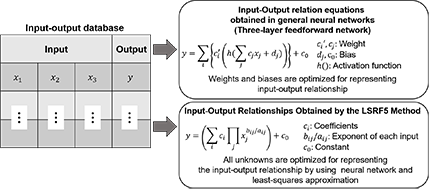
Input-output relation equations obtained by neural networks and the LSRF5 method (Developed method)
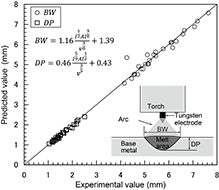
Penetration shape prediction of weld part by LSRF5 method
5. Advancement of Metal 3D Printing Technique based on Arc Welding
Wire and Arc Additive Manufacturing (WAAM) is a metal 3D printing technique that uses arc welding as a metal melting and solidification technique. We aim to use our knowledge of arc welding to advance WAAM. It was demonstrated that the amount of deformation of parts made by WAAM could be reduced by using the composition-controlled steel material. The material was developed to reduce the amount of deformation of arc weld joints. In addition, we are conducting research on the creation of composite steel materials with high strength and high ductility that combine high strength and high ductility steels in millimeter-scale.
 Overview of WAAM technique
Overview of WAAM technique
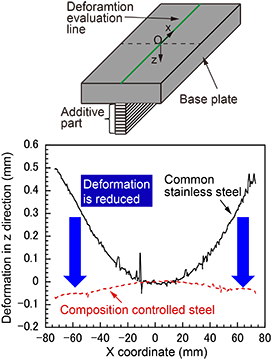
Effect on deformation reduction of WAAM part by use of composition controlled steel

